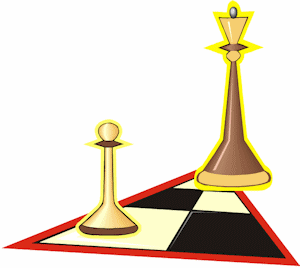
If you haven't done the earlier lesson on this subject, or if you're not sure you've remembered it, go back and do it now, before you start on this lesson.

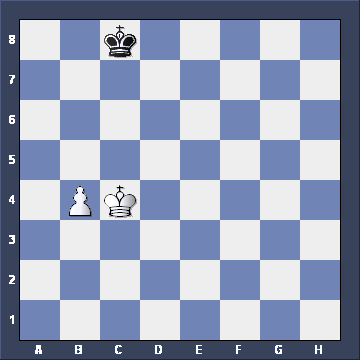
|
So, given what you've just learned, if, in this position, Black played Kc8-b7, what would White play?
 




|

|
That's right - if you move TWO SQUARES AWAY from the Black King you win - we call this TAKING THE OPPOSITION. Likewise, if Black, in this position, played Kc8-c7, what should White play?  




|

|
The same idea again - TAKE THE OPPOSITION by moving two squares away. If Black instead played Kc8-d7 here, White would have TWO winning moves. Can you find either of them?  




|

|
Black could also try Kc8-d8, after which White would only have ONE winning move. Again, can you find it?  




|
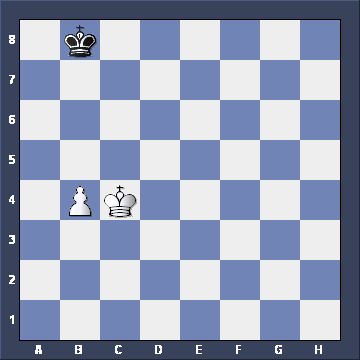
|
But, tell me again, if White played Kc4-c5 here, how would Black reply?  




|

|
Yes, if White plays Kc4-c5, Black must take the OPPOSITION with Kb8-c7. Everything else loses. And if White plays Kc4-b5 instead, what then?  




|
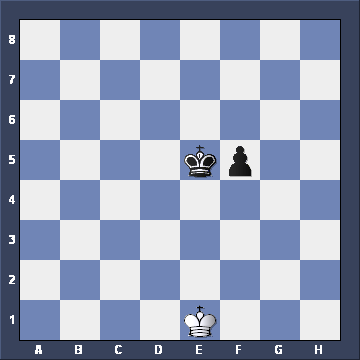
|
Yes, Kd1-e1 is the only move to draw. Now if White moved his King to d4, you'd go to d2, or if he moved to e4, you'd go to e2. But instead he played Kd5-e5, giving this position. Now what?  




|
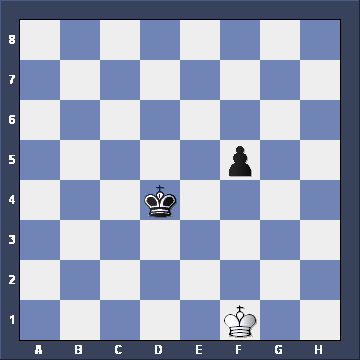
|
Again, Ke1-f1 is the only move to draw. Now Black tried Ke5-d4. The position's on your left - can you find the only move to draw here?  




|
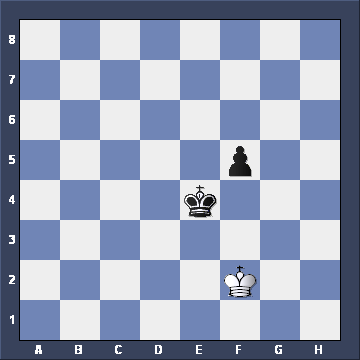
|
Black still played Kd4-e4 - what's the only drawing move here?  




|

|
Again there was no choice. White had to take the OPPOSITION to prevent the King advancing. Now Black decided to move his pawn: f5-f4. Here's the position. What now for White?  




|
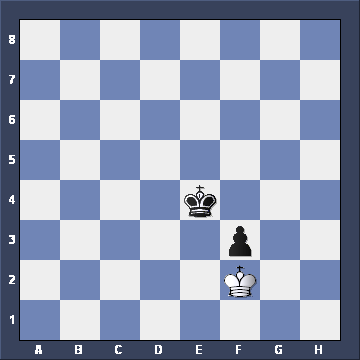
|
Once again it's a forced move - White cannot allow Black in front of the pawn. Now we reach THE MOST IMPORTANT POSITION IN CHESS!!  




|
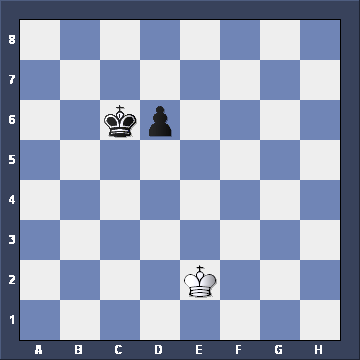
|
Now let's see how good you are at queening pawns. In this position Black has only ONE winning move. Can you find it?  




|

|
Yes, the only move to win here is Kc6-c5. If Kc6-d5, White can take the OPPOSITION with Ke2-d3 and draw. If d6-d5, White again draws with Ke2-d3 and Black can no longer take the OPPOSITION. 
|
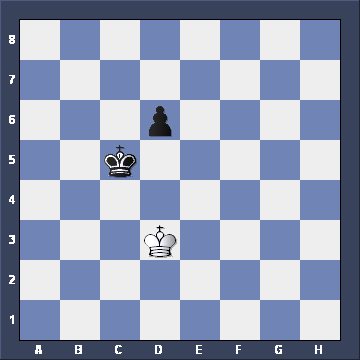
|
In the game, White played Ke2-d3 anyway. How can Black now win the game?  




|
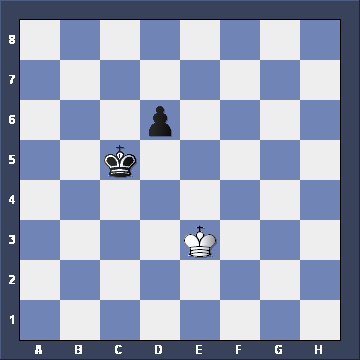
|
Yes, Black wins, not by advancing the pawn, but by TAKING THE OPPOSITION. But what if White had played Ke2-e3 instead, giving this position. What would Black play then?  




|
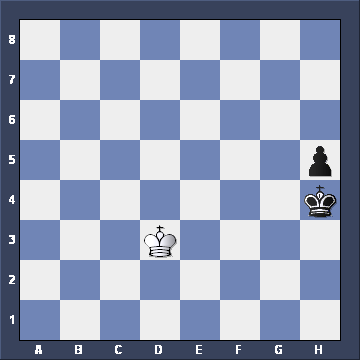
|
This is a very common situation. Can White get back in time to stop Black promoting his Pawn? In fact there's only one way to do it - can you find it?  




|
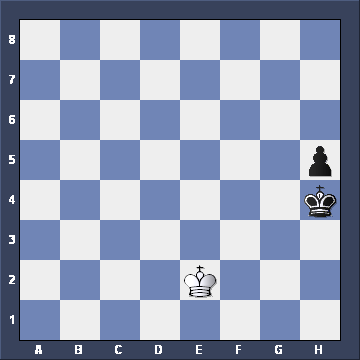
|
Again, play it through yourself to make sure you agree. 
|
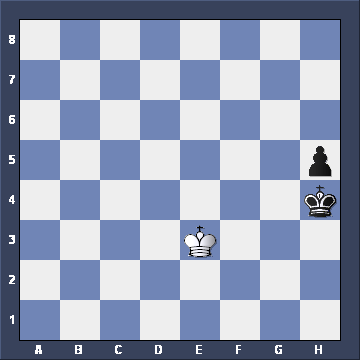
|
Now Black has just ONE way to win. Can you find it?  




|

|
|